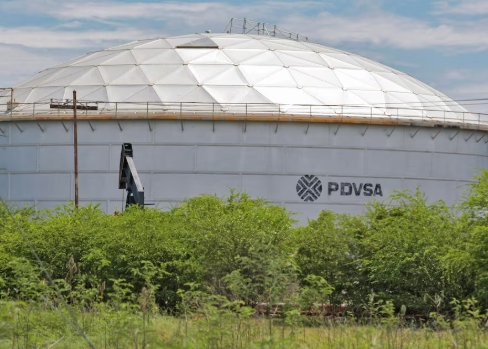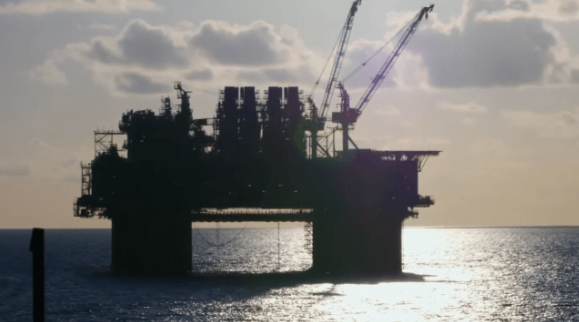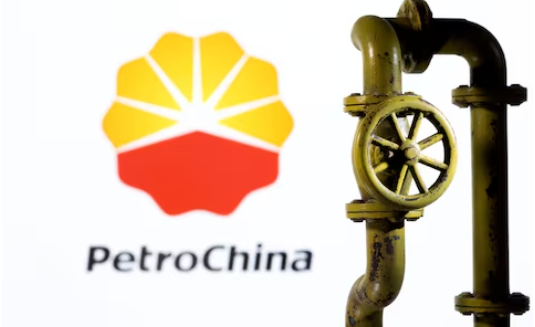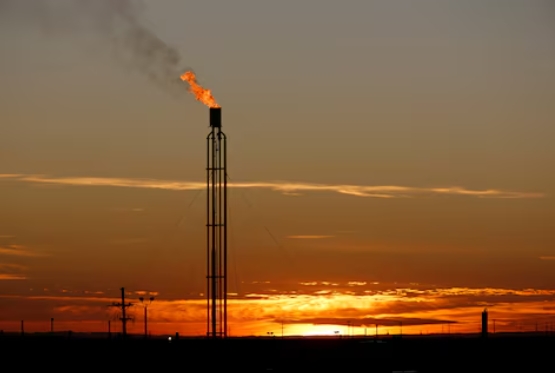The coronavirus epidemic is battering economic activity and global oil demand, sending oil prices into a tailspin. Major oil-producing countries and companies have been gradually adjusting to the reality of declining global demand in the mid to long term.
On the data front, Japan’s economy shrank 1.6 per cent in the fourth quarter of 2019. The decline from the third quarter was the biggest contraction since 2014. The drop was even more severe – a 6.3% plunge – when measured as an annualised rate.
The markets were underestimating the effects of the virus, but now it is creating a sudden demand shock.
The supply-chain recovery in China could be problematic despite stimulus pledge from Beijing. Total Chinese product demand may drop by about 3.4 Mbpd day in February and average 1.5 Mbpd in the first quarter. Meanwhile, lower Chinese refinery demand has caused floating storage to accumulate offshore in China where most of these idling very large crude carriers have been loaded with March barrels and not yet with April deliveries.
The market has also started to see the impact on lower refining margins in Asia and Europe. This is largely as a result of lower demand for petroleum refined products, especially for Jet fuel, which has been affected by global flight restrictions related to coronavirus. Jet fuel prices are now expected to fall to near-record lows. Lower demand for petroleum-refined products in China has led Beijing to cut gasoline and diesel retail prices for the second time in 2020.
Saudi Arabia is looking for quick action, presumably to stem the downward spiral in crude prices, but Russia seems non-committal to the output deal proposed. Facts state that Russian oil companies can tolerate Brent below $60. But remember, Moscow has bound itself with a pledge to cooperate with Opec. Doesn't mean it can't be broken, but breaking it now could shock crude into the $40s. If prices stay at these levels, they could start hammering the Middle East and North Africa that are already struggling with regional political conflicts, violent domestic strife, or both. These include Saudi Arabia, Iran, Iraq, Libya and Nigeria.
Markets showed little reaction to US sanctioning a trading unit of Russian oil giant Rosneft for its ties with Venezuela’s state-run PDVSA, a move which could choke the Opec member’s crude exports even further. At the same time, conflict in Libya that has led to a blockade of its ports and oilfields shows no signs of a resolution.
Unconfirmed reports suggest that Saudi Arabia is weighing to break its production alliance with Russia amid a disagreement between the oil heavyweights over the effect of China’s COVID-19 outbreak on global crude demand. Markets will wait for further new updates on this front.
The focus would be on the Opec+ decision and the size of supply cuts to bring stability back to the market. An emergency meeting of technical experts over February 4-6 recommended a deepening of collective output cuts to 2.7 Mbpd in the second quarter from the cut of 2.1 Mbpd agreed for January-March.
Investors are wagering on the US Federal Reserve to step in with a rate cut to support economic growth after data from US showed that the business activity stalled in February, signalling a contraction for the first time since 2016. The US manufacturing sector also clocked its lowest reading since August. The outlook for crude looks worrisome and not constructive, with expectations that the market will return to surplus over H12020. Global oil demand growth is still languishing and the market will return to surplus over H12020. Global oil demand growth is still languishing and the market will be closely watching to see what Russia does next.







